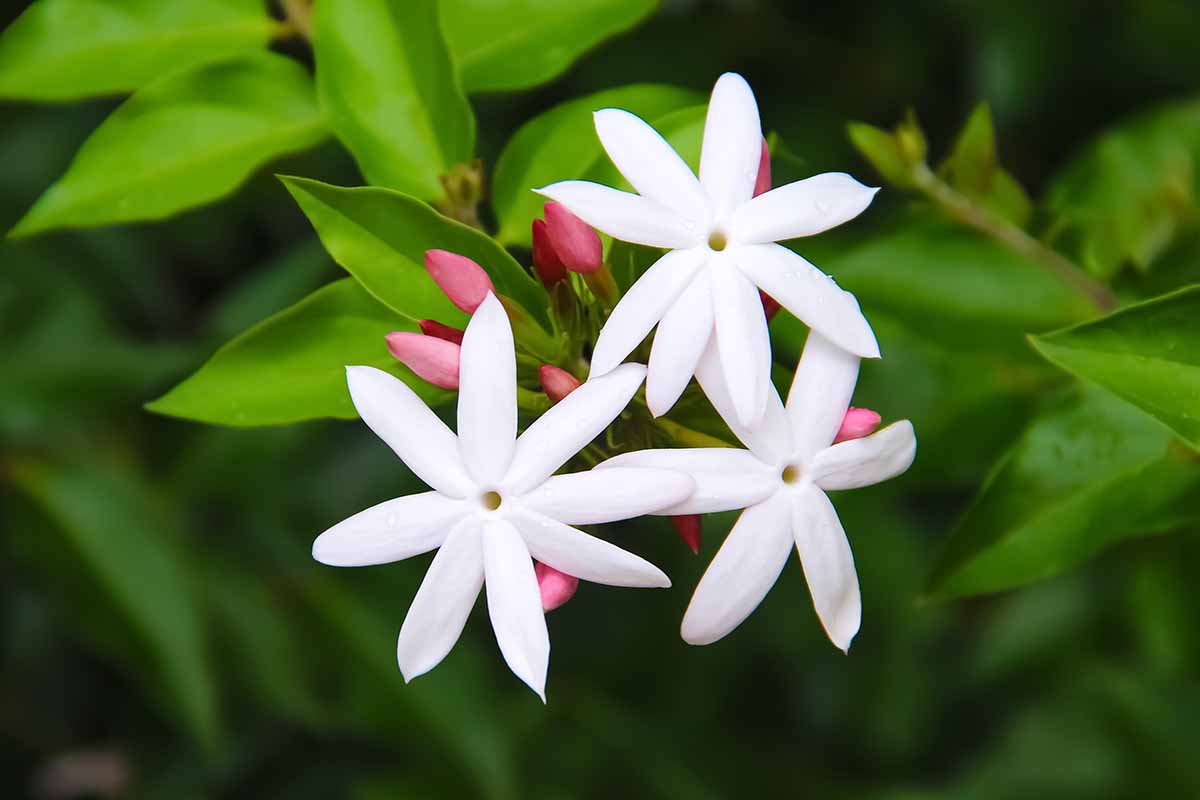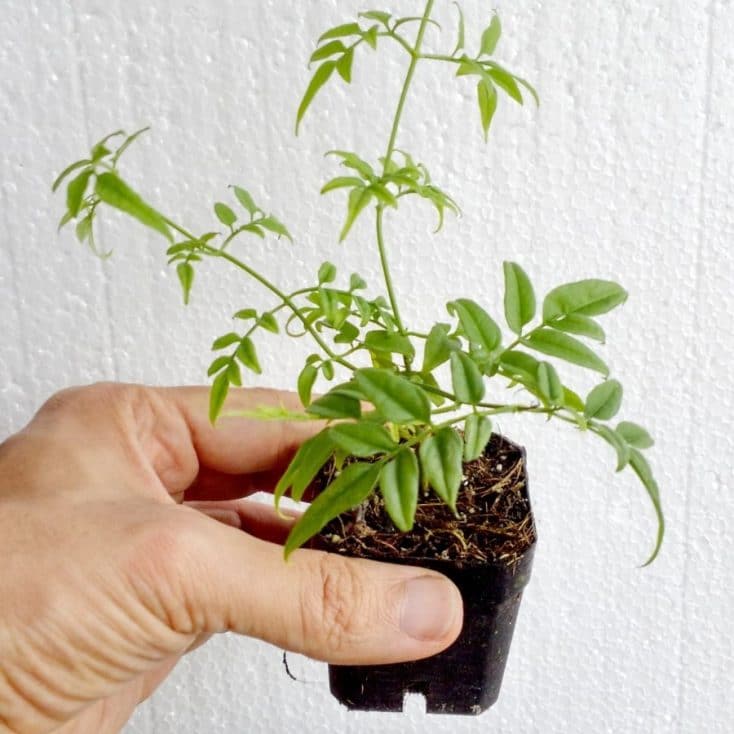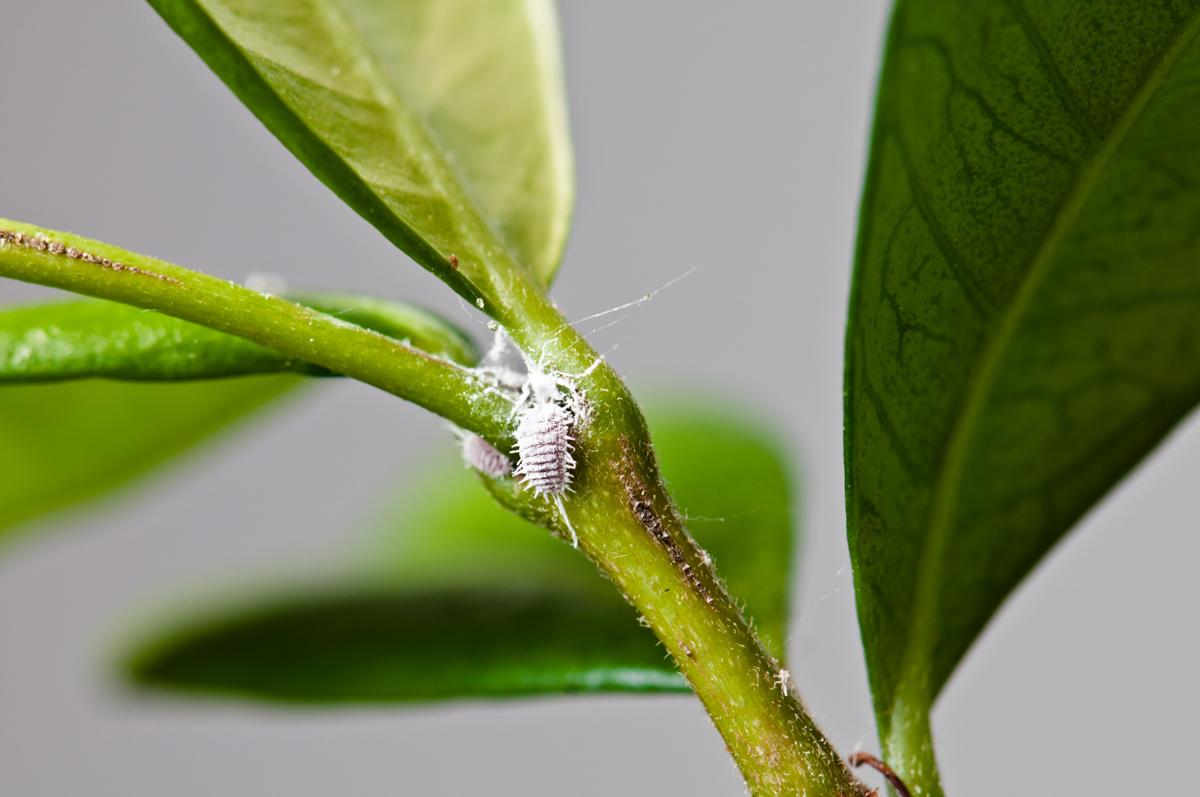Unlocking the Secrets of Jasmine Plant Care
Jasmine plants have been a staple in gardens and indoor spaces for centuries, captivating the senses with their intoxicating fragrance and delicate beauty. With over 200 species to choose from, it’s no wonder why jasmine remains a popular choice among gardeners and plant enthusiasts. However, to truly unlock the full potential of these stunning plants, it’s essential to understand the importance of proper care and attention to detail. By mastering the art of jasmine plant care, you’ll be rewarded with lush, vibrant blooms and a sweet, heady fragrance that will fill your home or garden with beauty and charm.
For those looking to learn how to grow jasmine plant, it’s crucial to start with the basics. Jasmine plants require a delicate balance of light, water, and nutrients to thrive. By providing the right conditions, you’ll be able to coax your jasmine plant into producing an abundance of blooms, filling your space with their sweet, floral scent. Whether you’re a seasoned gardener or a beginner, with the right care and attention, you can enjoy the beauty and fragrance of jasmine plants in your own home or garden.
From the star jasmine’s delicate white blooms to the night-blooming jasmine’s intoxicating fragrance, each variety of jasmine plant offers its own unique characteristics and growing requirements. By understanding the specific needs of your jasmine plant, you’ll be able to provide the best possible care, ensuring a long and healthy life for your plant. In the following sections, we’ll delve deeper into the world of jasmine plant care, exploring the best practices for choosing the right variety, preparing the perfect soil, and providing optimal light and temperature conditions.
Choosing the Right Jasmine Variety for Your Climate
With over 200 species of jasmine plants to choose from, selecting the right variety for your climate and soil conditions can be a daunting task. However, by understanding the unique characteristics of each type of jasmine plant, you can make an informed decision and ensure that your plant thrives. For those looking to learn how to grow jasmine plant, it’s essential to consider the specific needs of each variety.
Star jasmine (Trachelospermum jasminoides) is a popular variety that is well-suited for warm and temperate climates. This evergreen climber produces delicate white blooms in the summer months and can thrive in a range of soil conditions. Night-blooming jasmine (Cestrum nocturnum), on the other hand, is a tropical variety that is best suited for warm and humid climates. This plant produces highly fragrant blooms in the evening hours and requires well-draining soil and full sun to partial shade.
Pink jasmine (Jasminum polyanthum) is another popular variety that is well-suited for cooler climates. This deciduous climber produces highly fragrant pink blooms in the spring months and can thrive in a range of soil conditions. When selecting a jasmine variety, it’s essential to consider the specific climate and soil conditions of your region. By choosing a variety that is well-suited to your local conditions, you can ensure that your plant thrives and produces an abundance of blooms.
In addition to considering the specific needs of each variety, it’s also essential to think about the level of maintenance you are willing and able to provide. Some jasmine varieties, such as star jasmine, are relatively low maintenance and can thrive with minimal care. Others, such as night-blooming jasmine, require more frequent watering and fertilization. By considering the level of maintenance required for each variety, you can make an informed decision and ensure that your plant receives the care it needs to thrive.
Preparing the Perfect Soil for Jasmine Growth
When it comes to growing jasmine plants, the soil is just as important as the plant itself. Jasmine plants require well-draining soil that is rich in organic matter and has a slightly acidic pH. This is because jasmine plants are prone to root rot and other problems if the soil is too wet or too dry. By preparing the perfect soil for your jasmine plant, you can ensure that it receives the nutrients it needs to thrive.
To create an ideal growing environment for your jasmine plant, start by testing the pH of your soil. Jasmine plants prefer a slightly acidic pH, ranging from 6.0 to 7.0. If your soil is too alkaline, you can add elemental sulfur or peat moss to lower the pH. If your soil is too acidic, you can add lime to raise the pH.
In addition to adjusting the pH, it’s also important to add organic matter to the soil. This can include compost, manure, or peat moss. Organic matter helps to improve the soil’s structure, increase its water-holding capacity, and provide nutrients to the plant. When adding organic matter, be sure to mix it well into the soil to avoid creating a layer of organic matter that can prevent water and air from reaching the roots.
Fertilizers can also be used to provide nutrients to the plant. A balanced fertilizer that is high in phosphorus can help to promote blooming and root growth. However, be careful not to over-fertilize, as this can damage the plant. It’s also important to note that jasmine plants have different fertilizer requirements at different times of the year. During the growing season, a balanced fertilizer can be applied monthly. During the dormant season, a fertilizer that is high in potassium can be applied to help promote root growth.
By preparing the perfect soil for your jasmine plant, you can ensure that it receives the nutrients it needs to thrive. Remember to test the pH of your soil, add organic matter, and fertilize regularly to create an ideal growing environment. With proper care and attention, your jasmine plant will be blooming in no time.
Mastering the Art of Jasmine Plant Propagation
Propagating jasmine plants is a simple and effective way to share these beautiful plants with friends and family, or to create new plants for your own garden. There are several methods of propagating jasmine plants, including stem cuttings, layering, and division. Each method has its own advantages and disadvantages, and the best method for you will depend on your specific needs and preferences.
Stem cuttings are a popular method of propagating jasmine plants. This method involves cutting a section of stem from a mature jasmine plant, removing lower leaves, and planting the cutting in a pot of well-draining soil. To increase the chances of success, make sure the cutting is taken from a healthy, vigorous plant, and that the soil is kept consistently moist but not waterlogged.
Layering is another method of propagating jasmine plants. This method involves bending a long stem of the jasmine plant down to the ground, and securing it in place with a rock or a U-shaped wire. Roots will develop on the buried portion of the stem, and once they are well established, the stem can be cut below the soil line and the new plant can be potted up.
Division is a method of propagating jasmine plants that involves digging up the entire plant, and separating the roots into individual sections. This method is best done in the spring or fall, when the plant is dormant, and is a good way to rejuvenate an old or overgrown jasmine plant.
Regardless of the method you choose, it’s essential to provide the new plants with the right conditions to thrive. This includes bright, indirect light, consistent moisture, and well-draining soil. With proper care and attention, your new jasmine plants will be blooming in no time.
When learning how to grow jasmine plant, it’s essential to understand the different methods of propagation. By mastering the art of jasmine plant propagation, you can share these beautiful plants with others, and create new plants for your own garden. Whether you’re a seasoned gardener or a beginner, propagating jasmine plants is a fun and rewarding experience that can add beauty and fragrance to your life.
Providing Optimal Light and Temperature Conditions
Jasmine plants are known for their beautiful, fragrant blooms, but they require specific light and temperature conditions to thrive. When learning how to grow jasmine plant, it’s essential to understand the importance of providing optimal light and temperature conditions.
Jasmine plants prefer bright, indirect light, but they can tolerate some direct sunlight. However, direct sunlight can cause the leaves to become scorched and the flowers to fade. East- or west-facing windows are ideal for jasmine plants, as they provide gentle, indirect light.
In terms of temperature, jasmine plants prefer daytime temperatures between 65-75°F (18-24°C) and nighttime temperatures around 55-65°F (13-18°C). They can tolerate a range of temperatures, but extreme temperatures can cause damage to the plant. Avoid placing jasmine plants near heating or cooling vents, fireplaces, or drafty windows.
It’s also important to note that jasmine plants have different temperature requirements during different stages of growth. During the active growing season, jasmine plants prefer warmer temperatures to promote healthy growth and blooming. During the dormant season, they prefer cooler temperatures to conserve energy.
By providing optimal light and temperature conditions, you can help your jasmine plant thrive and produce beautiful, fragrant blooms. Remember to monitor the temperature and light levels in your home or garden, and adjust them as needed to ensure your jasmine plant receives the best possible care.
In addition to light and temperature, jasmine plants also require good air circulation to prevent disease and promote healthy growth. Make sure to provide enough space between plants and avoid overcrowding, which can lead to reduced air circulation and increased risk of disease.
Watering and Humidity: The Key to Healthy Jasmine Growth
Watering and humidity are crucial factors in the growth and health of jasmine plants. When learning how to grow jasmine plant, it’s essential to understand the importance of consistent moisture and humidity levels.
Jasmine plants prefer well-draining soil and should be watered regularly, but not excessively. Overwatering can lead to root rot and other problems, while underwatering can cause the leaves to become scorched and the flowers to fade. The ideal watering schedule will depend on the specific climate and soil conditions, but as a general rule, jasmine plants should be watered when the top inch of soil feels dry to the touch.
In addition to watering, jasmine plants also require a humid environment to thrive. They prefer a relative humidity of 50-60%, which can be achieved by placing the plant on a tray filled with water and pebbles or using a humidifier. This will help to maintain a consistent level of moisture in the air and prevent the leaves from becoming scorched.
It’s also important to note that jasmine plants have different watering and humidity requirements during different stages of growth. During the active growing season, they require more frequent watering and higher humidity levels to promote healthy growth and blooming. During the dormant season, they require less frequent watering and lower humidity levels to conserve energy.
By providing consistent moisture and humidity levels, you can help your jasmine plant thrive and produce beautiful, fragrant blooms. Remember to monitor the soil moisture and humidity levels in your home or garden, and adjust them as needed to ensure your jasmine plant receives the best possible care.
In addition to watering and humidity, jasmine plants also require good air circulation to prevent disease and promote healthy growth. Make sure to provide enough space between plants and avoid overcrowding, which can lead to reduced air circulation and increased risk of disease.
Pest and Disease Management for Jasmine Plants
Jasmine plants are susceptible to various pests and diseases that can affect their growth and beauty. When learning how to grow jasmine plant, it’s essential to understand the common pests and diseases that can affect these plants and how to prevent and treat them.
Mealybugs are one of the most common pests that can affect jasmine plants. These small, white insects feed on the sap of the plant, causing damage to the leaves and stems. To prevent mealybugs, make sure to inspect your plants regularly and remove any infested areas. You can also use insecticidal soap or neem oil to control mealybug populations.
Spider mites are another common pest that can affect jasmine plants. These tiny, spider-like insects feed on the sap of the plant, causing yellowing or bronzing of the leaves. To prevent spider mites, make sure to provide your plants with good air circulation and avoid overwatering. You can also use insecticidal soap or neem oil to control spider mite populations.
Root rot is a common disease that can affect jasmine plants. This disease is caused by overwatering, which can lead to the roots of the plant rotting. To prevent root rot, make sure to provide your plants with well-draining soil and avoid overwatering. You can also use fungicides to control root rot.
Other common pests and diseases that can affect jasmine plants include aphids, whiteflies, and leaf spot. To prevent these pests and diseases, make sure to provide your plants with good air circulation, avoid overwatering, and inspect your plants regularly.
By understanding the common pests and diseases that can affect jasmine plants, you can take steps to prevent and treat them. This will help to ensure that your plants remain healthy and beautiful, and that you can enjoy their fragrance and beauty for years to come.
In addition to preventing pests and diseases, it’s also important to provide your jasmine plants with regular maintenance. This includes pruning and training the plants to encourage blooming and control growth.
Pruning and Training for Maximum Bloom and Beauty
Pruning and training are essential steps in the care of jasmine plants. By pruning and training your jasmine plant, you can encourage blooming, control growth, and create a stunning display. When learning how to grow jasmine plant, it’s essential to understand the importance of pruning and training.
Pruning involves cutting back the stems of the plant to encourage new growth and promote blooming. This should be done in the late winter or early spring, before new growth begins. Remove any dead or damaged stems, and cut back the tips of the stems to encourage branching.
Training involves shaping the plant to create a desired shape or form. This can be done by tying the stems to a trellis or other support, or by pruning the plant to create a specific shape. Jasmine plants can be trained to climb up walls, trellises, or other supports, or they can be pruned to create a compact, bushy shape.
By pruning and training your jasmine plant, you can encourage blooming and create a stunning display. This will help to ensure that your plant remains healthy and beautiful, and that you can enjoy its fragrance and beauty for years to come.
In addition to pruning and training, it’s also important to provide your jasmine plant with regular maintenance. This includes watering, fertilizing, and protecting the plant from pests and diseases.
By following these tips and techniques, you can learn how to grow jasmine plant and enjoy its beauty and fragrance for years to come. Whether you’re a seasoned gardener or a beginner, with the right care and attention, you can create a stunning display of jasmine blooms that will be the envy of all your friends and neighbors.







